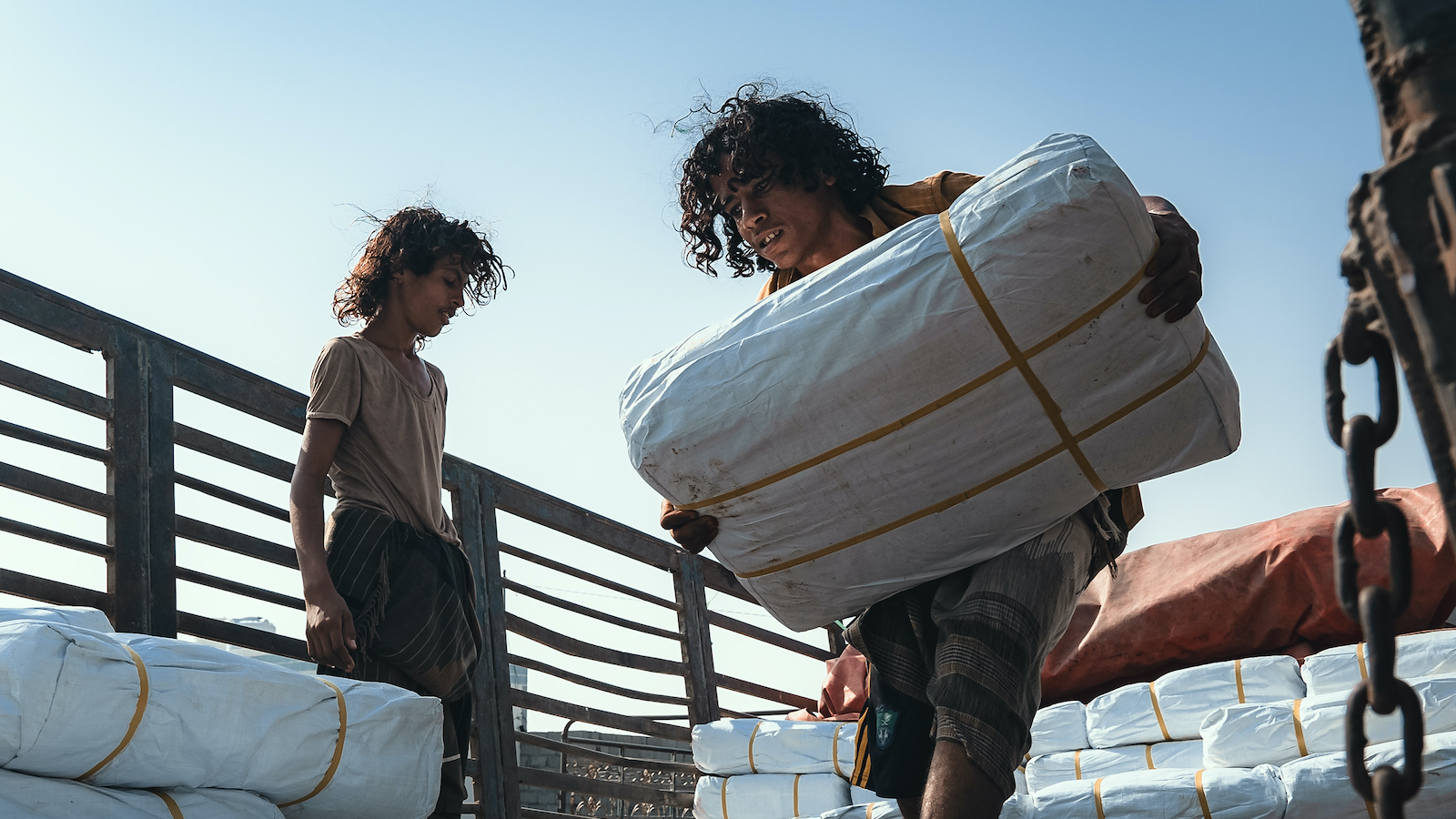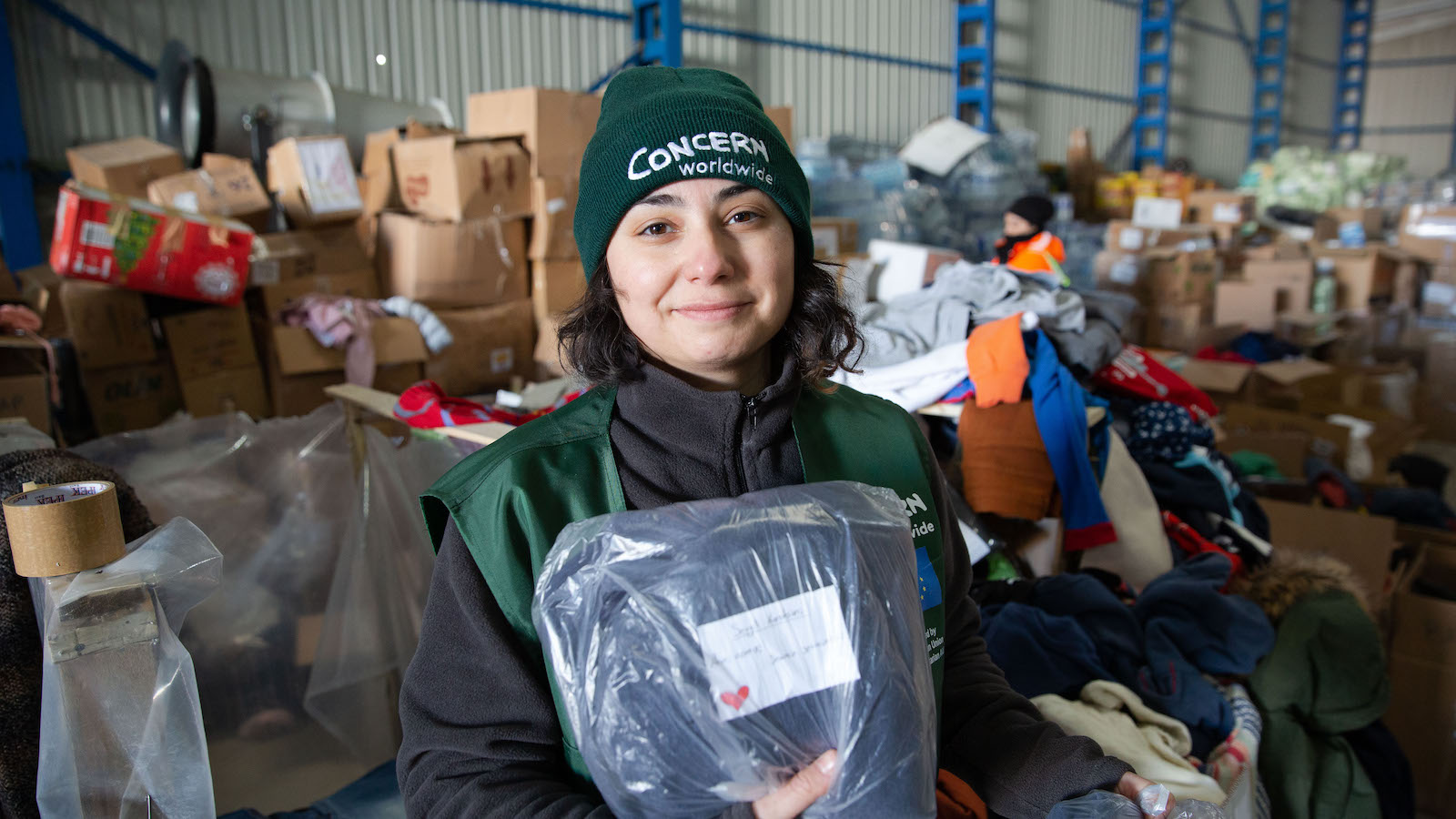Updated annually, here's what you need to know about some of the world’s worst humanitarian crises in 2026.
Conflict, hunger, natural disasters, political instability, and a host of other challenges make certain countries the sites of increasingly complex humanitarian crises. Ranking them isn’t as easy or as straightforward as the title makes it seem, but for the purposes of this piece we’re looking at the figures provided by the United Nations Office for the Coordination of Humanitarian Affairs’s (OCHA) 2026 Global Humanitarian Overview.
Taking into consideration both the number of people requiring assistance and the amount needed to support the most basic humanitarian aid, these are ten of the worst crises to know in 2026 — and what we’re doing to help.
1. Sudan
- Number of people requiring humanitarian aid: 33.7 million
- Number of forcibly-displaced Sudanese requiring assistance: 11.8 million
- Humanitarian response funding required for 2025: $2.87 billion
The Sudanese Civil War will enter its fourth year in April 2026, extending a crisis that has more-than-doubled humanitarian need in the country since 2022. OCHA estimates that 33.7 million people will require assistance in 2026, a 10% increase compared to the previous year. Famine was first confirmed in the country in 2024, continued throughout this year, and is expected to carry into the early months of 2026.

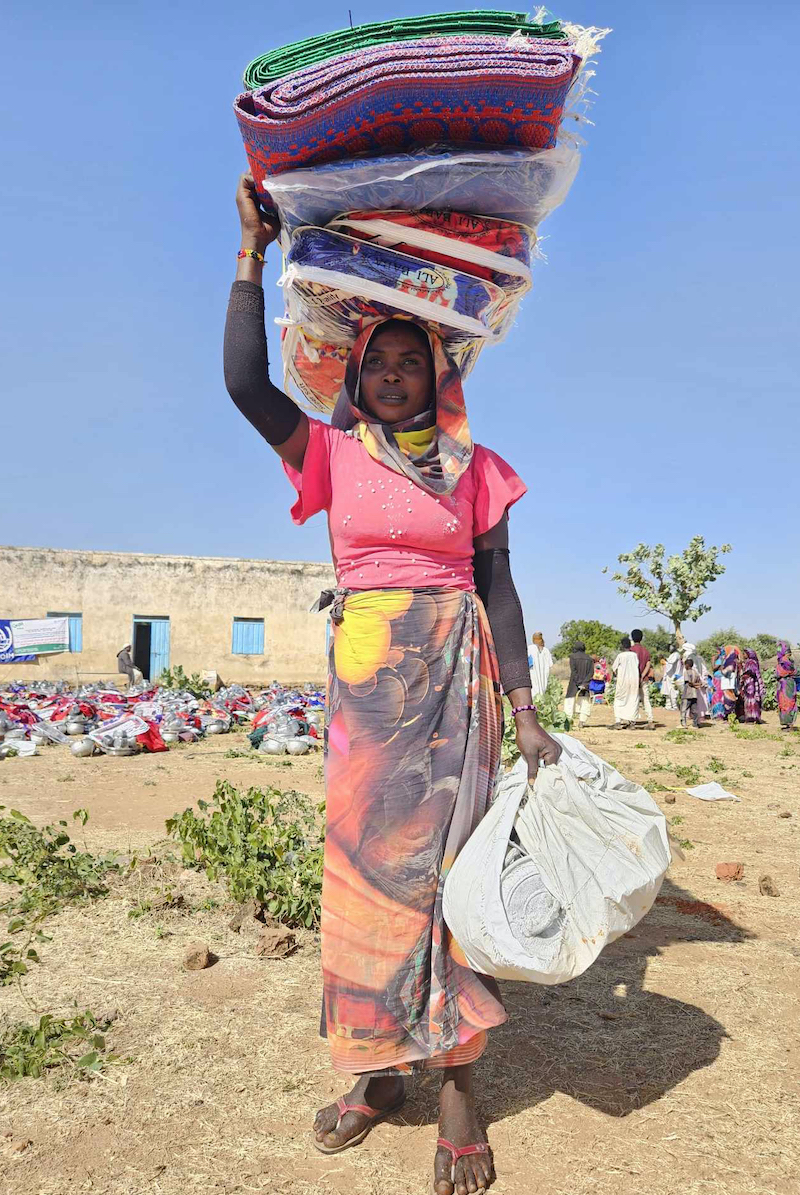
Concern in Sudan
Concern has worked in Sudan since 1985 and has been responding to the current crisis since its onset, including providing food, water, shelter, healthcare, cash transfers, and essential household items. This year, we have reached over 480,000 people with essential support. Learn more about our work in Sudan.
2. Syria
- Number of people requiring humanitarian aid: 16.5 million
- Number of displaced Syrians requiring assistance: 10.8 million
- Humanitarian response funding required for 2026: $3.2 billion
The situation in Syria remains uncertain for millions of civilians: More than 1 million refugees have returned home, and another 2 million internally-displaced Syrians have done the same. However, nearly 11 million remain in displacement due to ongoing violence, and many who have returned home have found their houses reduced to rubble. The UN estimates that, as with this year, 16.5 million people will require some form of humanitarian assistance as they recover from what has, for more than a decade, been the world’s largest refugee crisis and largest internal displacement crisis. 90% of Syrians live below the poverty line and huge swaths of infrastructure remain destroyed.
» Learn more about the crisis in Syria

Concern in Syria
Concern has been working in Syria since 2013, as well as in neighboring countries hosting large communities of Syrian refugees. In addition to the immediate needs created by conflict and return, we’ve also responded to events like an ongoing cholera outbreak and the devastating 2023 earthquake. Learn more about our work in Syria.
3. Gaza and the Occupied Palestinian Territories
- Number of people requiring humanitarian aid: 3.6 million
- Humanitarian response funding required for 2026: $4.05 billion
While 3.6 million may seem like a smaller number in comparison to the figures noted above, it accounts for over 63% of all Palestinians. Most of that need is concentrated in Gaza, where the most recent UN reports indicate that roughly 90% of the population has been displaced after two years of violence. While a ceasefire has been declared, there is still much to be done, especially as we enter the winter months. Famine conditions, first officially confirmed in August, are still present and affecting over half a million people.
The UN’s funding request of $4.05 billion is also the highest for any humanitarian crisis in 2026. It’s nearly twice that of Ukraine — a country that is over 100 times the size of Palestine.
» Learn more about the crisis in Gaza
» Learn more about how you can help Gaza
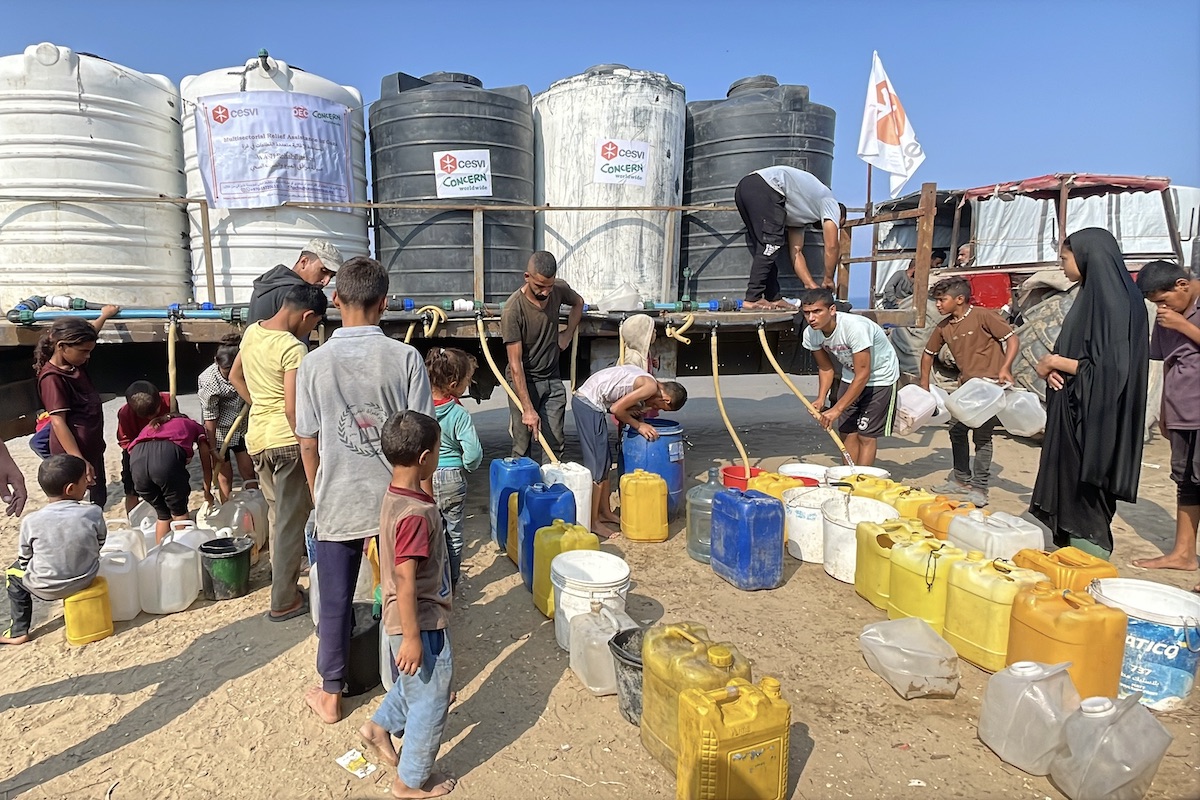
Concern in Gaza
Following the eruption of violence in late 2023, Concern joined Alliance2015 partner CESVI to deliver crucial aid to displaced people in Gaza, providing water, sanitation, and hygiene (WASH) support and emergency food assistance.
4. Yemen
- Number of people requiring humanitarian aid: 23.1 million
- Humanitarian response funding required for 2026: $2.87 billion
According to UN estimates, the Yemeni Civil War has left nearly 80% of the country’s population in need of some form of assistance. Fighting has also severely damaged food systems, local infrastructure, the economy, and education prospects. In 2026, 23.1 million people will require humanitarian assistance, an increase of 18% compared to this year. 2025 also marked a new low in funding, with the UN’s humanitarian response plan for Yemen receiving less than 25% of its required funds.
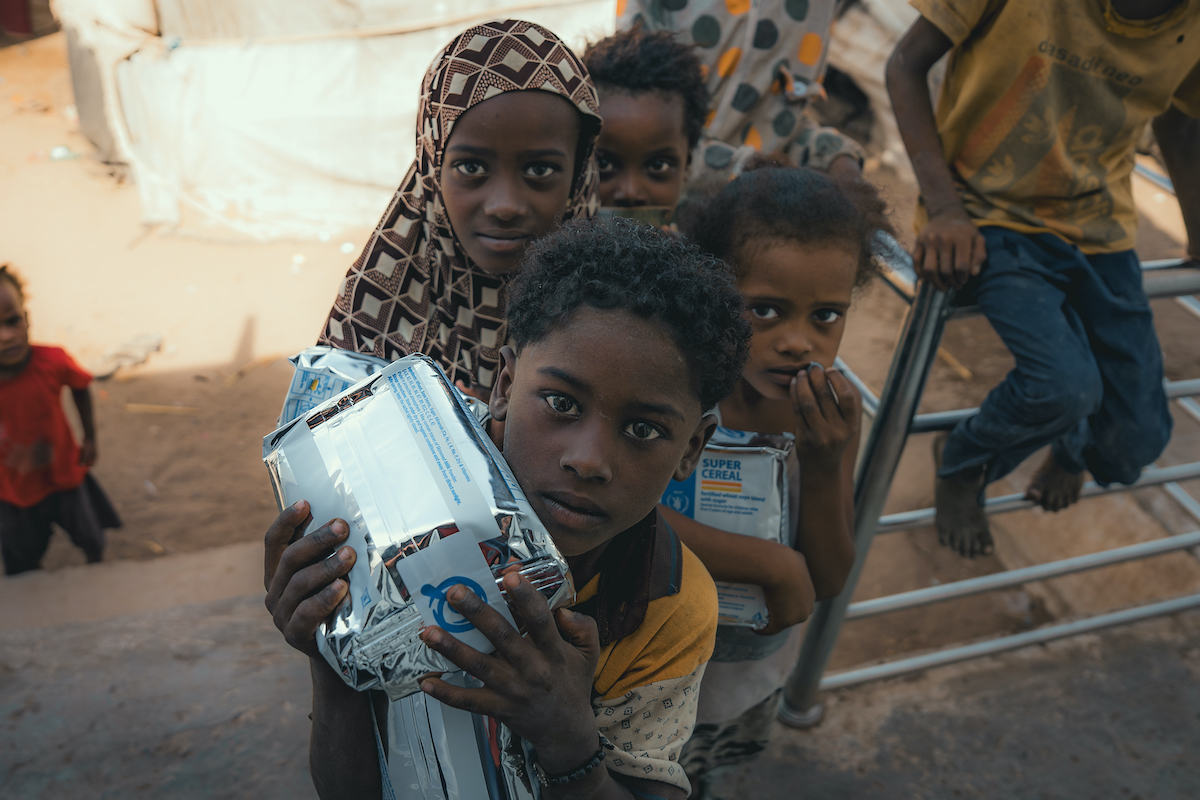

Concern in Yemen
Concern launched an official program in Yemen in 2024, designed to meet the most urgent needs of the most vulnerable people, especially around health, nutrition, and WASH services. Learn more about our work in Yemen.
5. Ukraine
- Number of people requiring humanitarian aid: 10.8 million
- Number of displaced Ukrainians: 9.6 million
- Humanitarian response funding required for 2026: $2.31 billion
February 24, 2026 will mark four years of full-scale conflict in Ukraine (after more than 10 years of long-simmering crisis). By mid-March of 2022, it had become one of the world’s largest refugee crises, with additional internal displacement and other issues including fuel shortages, electricity outages, and lost livelihoods. OCHA estimates that 10.8 million Ukrainians will require assistance in the year ahead.
» Learn more about the crisis in Ukraine
» Learn more about how you can help Ukraine

Concern in Ukraine
Concern began working in Ukraine shortly after the beginning of the full-scale invasion, working with local organizations to meet the sharp increase of need among conflict-affected Ukrainians for cash, winterization supplies, and psychosocial support. Learn more about our work in Ukraine.
Support Concern’s Emergency Fund
6. Afghanistan
- Number of people requiring humanitarian aid: 22 million
- Number of displaced Afghans requiring assistance: 8.45 million
- Humanitarian response funding required for 2026: $1.71 billion
Afghanistan has been caught in a protracted crisis since 1978, meaning that three generations of Afghans have never known life without conflict and political instability. The current humanitarian situation has left 22 million people in need of humanitarian assistance in the country, with an additional 4.27 million Afghans displaced abroad.
» Learn more about the crisis in Afghanistan

Concern in Afghanistan
Concern has been responding to ongoing humanitarian and development needs in Afghanistan since 2018. In 2019, we were named the UN’s chosen partner for the emergency response to displacement. Learn more about our work in Afghanistan.
7. Democratic Republic of the Congo
- Number of people requiring humanitarian aid: 14.9 million
- Number of displaced Congolese requiring assistance: 7.88 million
- Humanitarian response funding required for 2025: $3.23 billion
In recent years, increased violence triggered by land, natural resources, and ethnic disputes has added to a decades-long humanitarian crisis in the Democratic Republic of the Congo. The UN estimates that 14.9 million people will require humanitarian assistance in 2026, a response that will require over $3.23 billion in funding (plus additional funds to meet the needs of the most vulnerable Congolese refugees in neighboring countries).
» Learn more about the crisis in the Democratic Republic of the Congo
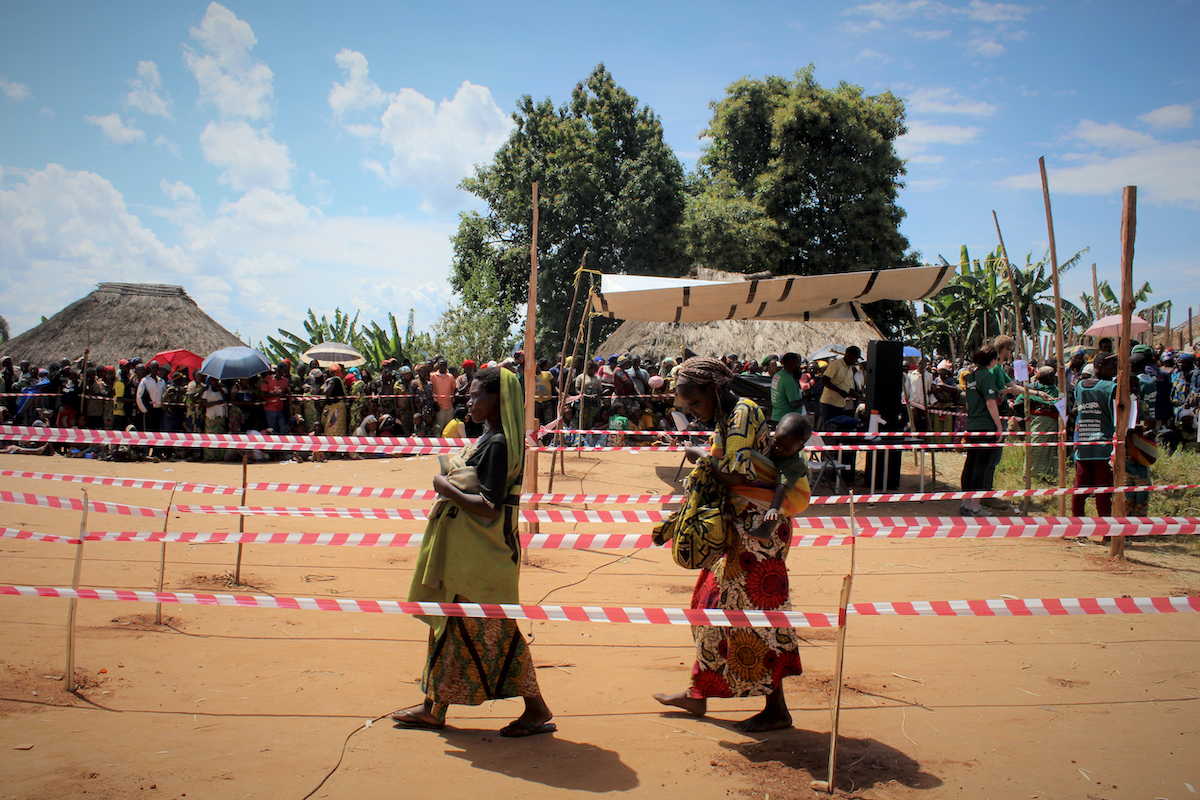

Concern in the Democratic Republic of the Congo
Concern began working in the DRC when it was still known as Zaire. Since 1994, our work has been to address the country’s decades-long humanitarian crisis, particularly in the east, through providing support for livelihoods, nutrition, and water, sanitation, and hygiene (WASH). Learn more about our work in the Democratic Republic of the Congo.
8. South Sudan
- Number of people requiring humanitarian aid: 10 million
- Number of displaced South Sudanese requiring assistance: 3.52 million
- Humanitarian response funding required for 2026: $1.46 billion
Since March 2024, humanitarian needs in South Sudan have begun to rise higher than projected, largely due to the protracted conflict in Sudan. This has compounded the existing challenges facing South Sudan, including insecurity, violence, displacement, hunger, and severe flooding. In 2026, 10 million South Sudanese will require some form of humanitarian assistance, as will an additional 2.4 million refugees and asylum-seekers from the country.

Concern in South Sudan
Concern has been with South Sudan since day one of the country’s young history. Last year, we reached over 550,000 people through health and nutrition, livelihoods, WASH, food security, and shelter programs. Learn more about our work in South Sudan.
9. Chad
- Number of people requiring humanitarian aid: 4 million
- Humanitarian response funding required for 2026: $975 million
Bordering six countries across the Sahel and central Africa, Chad has faced a growing humanitarian crisis largely out of the public eye. Tens of thousands of civilians have sought refuge in the Lake Chad Basin from protracted conflict in the region. Chad is also a key host country for refugees, which has placed further pressure on resources — especially in the east where more than 3.3 million people fleeing conflict in Sudan have found temporary asylum. This, combined with hunger and the effects of climate change, make it one of the largest (and most complex) humanitarian crises as we enter 2026.

Concern in Chad
Concern has been in Chad since 2007, responding to humanitarian and emergency needs in the Lake Chad Basin. Through the Regional Sahel Fund, we have worked with these communities to meet immediate and ongoing needs. More recently, we’ve been responding to the influx of refugees from neighboring Sudan, meeting the needs of both displaced and host communities. Learn more about our work in Chad.
10. Haiti
- Number of people requiring humanitarian aid: 6.4 million
- Humanitarian response funding required for 2026: $893 million
Humanitarian need in Haiti in 2026 will be at its highest in years, and nearly triple the amounts from when the country’s current crisis began in 2019. In that time, millions of civilians have faced unprecedented levels of violence, particularly in the densely-packed capital of Port-au-Prince. Women and children are especially vulnerable, as are 5.7 million Haitians facing emergency levels of food insecurity.
» Learn more about the crisis in Haiti

Concern in Haiti
Concern began working in Haiti in 1994. We have been responding to the current escalation of violence and humanitarian need in the country since 2019, providing both immediate relief and long-term support. Our ongoing project, Manje Pi Byen (“Eat Better”) was able to bridge urgent needs with long-term resilience-building last year, reaching nearly 55,000 people with emergency food assistance, protection, and WASH services. Learn more about our work in Haiti.
